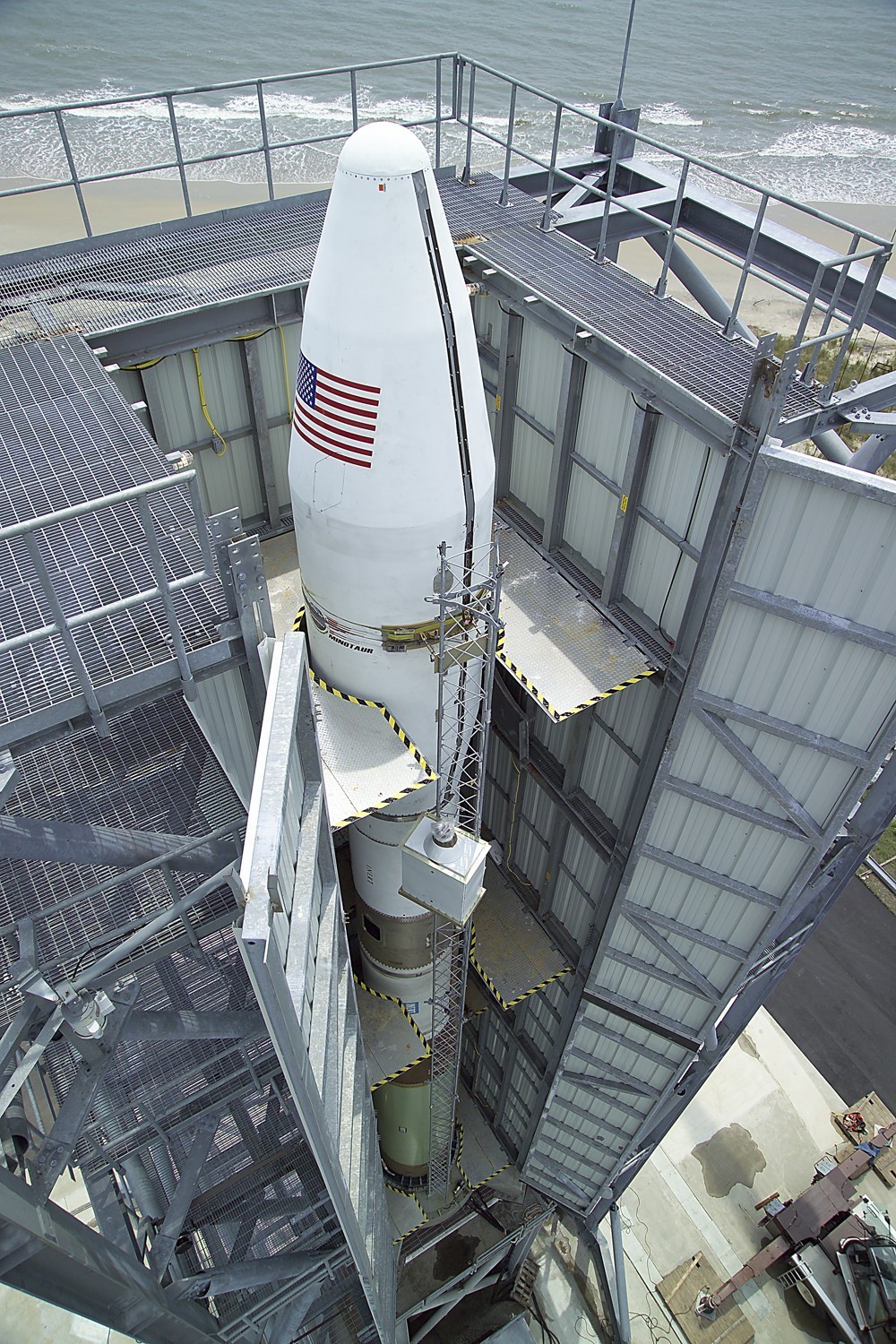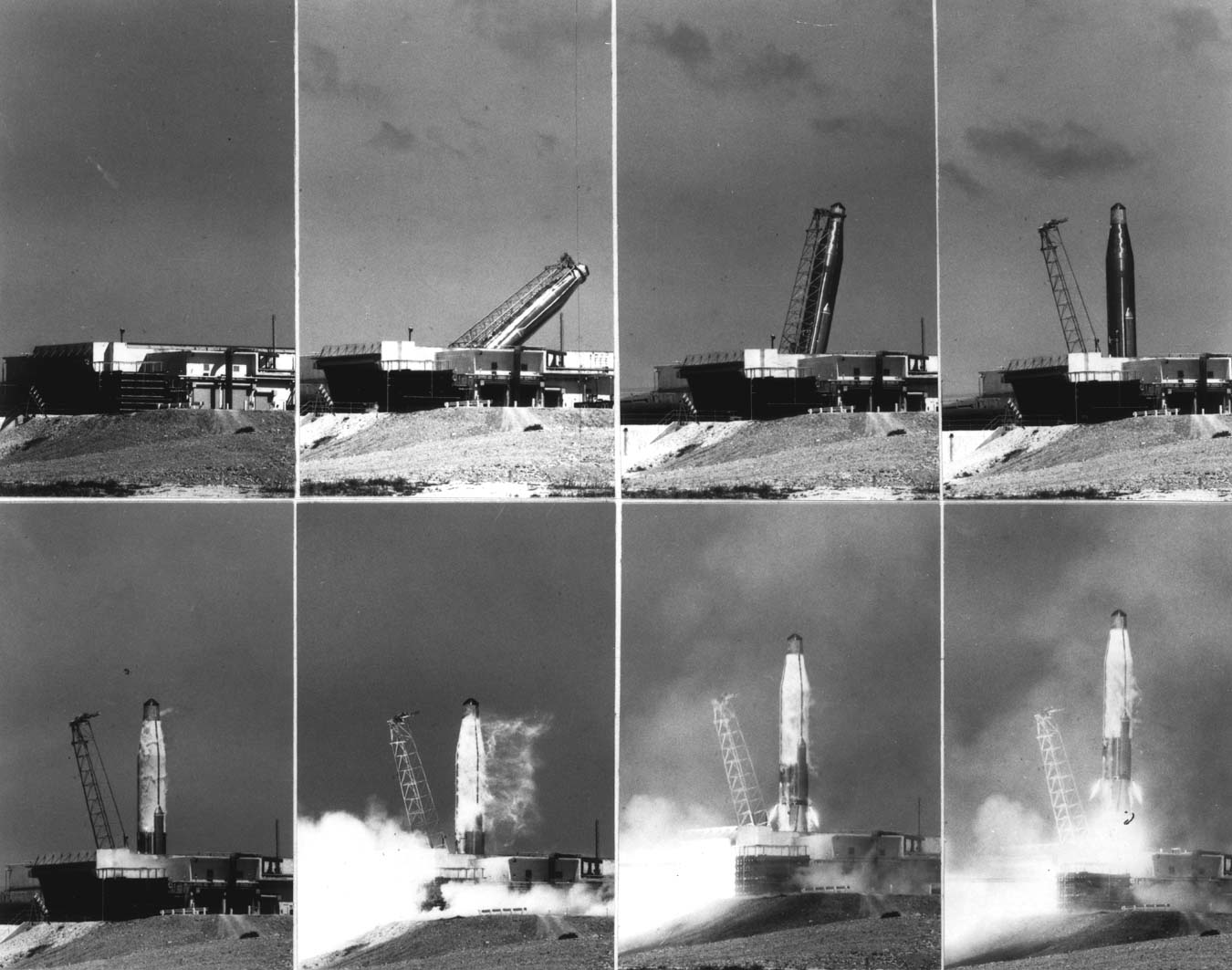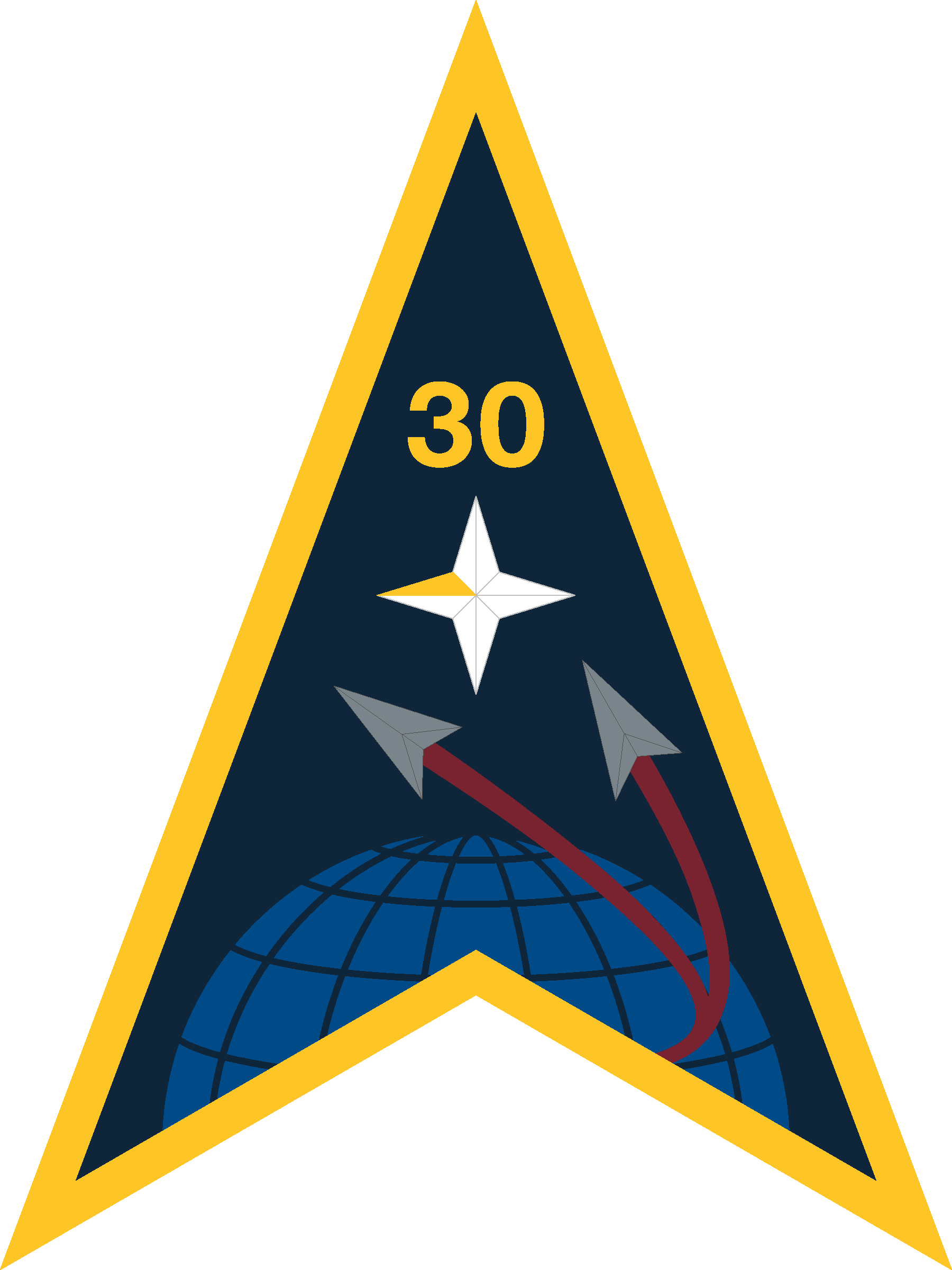|
Minotaur-C
Minotaur-C (''Minotaur Commercial''), formerly known as Taurus or Taurus XL, is a four stage solid fueled launch vehicle built in the United States by Orbital Sciences (now Northrop Grumman) and launched from SLC-576E at California's Vandenberg Air Force Base. It is based on the air-launched Pegasus rocket from the same manufacturer, utilizing a "zeroth stage" in place of an airplane. The Minotaur-C is able to carry a maximum payload of around 1458 kg into a low Earth orbit (LEO). First launched in 1994, it has successfully completed seven out of a total of ten military and commercial missions. Three of four launches between 2001 and 2011 ended in failure, including the 24 February 2009 launch of the Orbiting Carbon Observatory mission and the 4 March 2011 launch of the Glory mission, which resulted in losses totalling US$700 million for NASA (excluding the cost of the rockets themselves). The Taurus launch vehicle was subsequently rebranded in 2014 as Minotaur-C, which incorp ... [...More Info...] [...Related Items...] OR: [Wikipedia] [Google] [Baidu] |
Minotaur (rocket Family)
The Minotaur is a family of United States solid fuel launch vehicles derived from converted Minuteman and Peacekeeper intercontinental ballistic missiles (ICBM). They are built by Northrop Grumman via contract with the Air Force Space and Missile Systems Center's Space Development and Test Directorate (SMC/SD) as part of the Air Force's Rocket Systems Launch Program which converts retired Intercontinental Ballistic Missiles into space and test launch systems for U.S. government agencies. Three variants of the Minotaur are currently in service. The Minotaur I is an orbital launch system used to launch small satellites into low Earth orbit (LEO). The Minotaur II is a target launch vehicle (TLV), also known as Chimera, used for suborbital flights, often as a target for tracking and anti-ballistic missile tests. The Minotaur IV is a more capable LEO launch system. The Minotaur V is designed to reach higher orbits, including geostationary transfer orbit (GTO) and trans-lunar t ... [...More Info...] [...Related Items...] OR: [Wikipedia] [Google] [Baidu] |
Orbital Sciences Corporation
Orbital Sciences Corporation (commonly referred to as Orbital) was an American company specializing in the design, manufacture, and launch of small- and medium- class space and launch vehicle systems for commercial, military and other government customers. In 2014, Orbital merged with Alliant Techsystems to create a new company called Orbital ATK, Inc., which in turn was purchased by Northrop Grumman in 2018. The remnants of the former Orbital Sciences Corporation today are a subsidiary of Northrop Grumman, known as Northrop Grumman Innovation Systems. Orbital was headquartered in Dulles, Virginia and publicly traded on the New York Stock Exchange with the ticker symbol ORB. Orbital's primary products were satellites and launch vehicles, including low Earth orbit (LEO), geosynchronous Earth orbit and planetary spacecraft for communications, remote sensing, scientific and defense missions; ground- and air-launched launch vehicles that delivered satellites into orbit; missile d ... [...More Info...] [...Related Items...] OR: [Wikipedia] [Google] [Baidu] |
Orbital Sciences
Orbital Sciences Corporation (commonly referred to as Orbital) was an American company specializing in the design, manufacture, and launch of small- and medium- class space and launch vehicle systems for commercial, military and other government customers. In 2014, Orbital merged with Alliant Techsystems to create a new company called Orbital ATK, Inc., which in turn was purchased by Northrop Grumman in 2018. The remnants of the former Orbital Sciences Corporation today are a subsidiary of Northrop Grumman, known as Northrop Grumman Innovation Systems. Orbital was headquartered in Dulles, Virginia and publicly traded on the New York Stock Exchange with the ticker symbol ORB. Orbital's primary products were satellites and launch vehicles, including low Earth orbit (LEO), geosynchronous Earth orbit and planetary spacecraft for communications, remote sensing, scientific and defense missions; ground- and air-launched launch vehicles that delivered satellites into orbit; missile d ... [...More Info...] [...Related Items...] OR: [Wikipedia] [Google] [Baidu] |
Castor (rocket Stage)
The Castor family of solid-fuel rocket stages and boosters built by Thiokol (now Northrop Grumman) and used on a variety of launch vehicles. They were initially developed as the second-stage motor of the Scout rocket. The design was based on the MGM-29 Sergeant, a surface-to-surface missile developed for the United States Army at the Jet Propulsion Laboratory. Versions Flown versions Castor 1 :The Castor 1 was first used for a successful suborbital launch of a Scout X-1 rocket on September 2, 1960. :It was long, in diameter, and had a burn time of 27 seconds. Castor 1 stages were also used as strap-on boosters for launch vehicles using Thor first stages, including the Delta-D. (A Delta-D was used in 1964 to launch Syncom-3, the first satellite placed in a geostationary orbit.) Castor 1 stages were used in 141 launch attempts of Scout and Delta rockets, only 2 of which were failures. They were also used on some thrust-assisted Thor-Agena launchers. The last launch usin ... [...More Info...] [...Related Items...] OR: [Wikipedia] [Google] [Baidu] |
Castor-120
The Castor family of solid-fuel rocket stages and boosters built by Thiokol (now Northrop Grumman) and used on a variety of launch vehicles. They were initially developed as the second-stage motor of the Scout rocket. The design was based on the MGM-29 Sergeant, a surface-to-surface missile developed for the United States Army at the Jet Propulsion Laboratory. Versions Flown versions Castor 1 :The Castor 1 was first used for a successful suborbital launch of a Scout X-1 rocket on September 2, 1960. :It was long, in diameter, and had a burn time of 27 seconds. Castor 1 stages were also used as strap-on boosters for launch vehicles using Thor first stages, including the Delta-D. (A Delta-D was used in 1964 to launch Syncom-3, the first satellite placed in a geostationary orbit.) Castor 1 stages were used in 141 launch attempts of Scout and Delta rockets, only 2 of which were failures. They were also used on some thrust-assisted Thor-Agena launchers. The last launch usin ... [...More Info...] [...Related Items...] OR: [Wikipedia] [Google] [Baidu] |
Orbital ATK
Northrop Grumman Innovation Systems (NGIS) was a sector (business segment) of Northrop Grumman from 2018 through 2019. It was formed from Orbital ATK Inc. a company which resulted from the merger of Orbital Sciences Corporation and parts of Alliant Techsystems in 2015. Orbital ATK was purchased by Northrop Grumman in 2018. Northrop Grumman Innovation Systems designed, built, and delivered space, defense, and aviation-related systems to customers around the world both as a prime contractor and as a merchant supplier. It had a workforce of approximately 12,000 employees dedicated to aerospace and defense including about 4,000 engineers and scientists; 7,000 manufacturing and operations specialists; and 1,000 management and administration personnel. With Northrop Grumman's reorganization of its divisions effective January 1, 2020, NGIS was split, with most of the sector merging with other Northrop Grumman businesses into a new Space Systems sector. History A merger of Orbital S ... [...More Info...] [...Related Items...] OR: [Wikipedia] [Google] [Baidu] |
Orion (rocket Stage)
Orion is a series of American solid-fuel rocket stages, developed and manufactured by a joint venture between Hercules Aerospace and Alliant Techsystems (now Northrop Grumman Innovation Systems). They were originally developed for use as all three stages on the Pegasus rocket, first flown in 1990. Orion is available in several configurations for a variety of use scenarios. All stages in this family are fueled by a mixture called QDL-1, which includes HTPB and 19% aluminium Aluminium (aluminum in American and Canadian English) is a chemical element with the symbol Al and atomic number 13. Aluminium has a density lower than those of other common metals, at approximately one third that of steel. I ..., with the exception of the yet-unflown Orion 32, which uses QDL-2, containing HTPB and 20% aluminium. Versions Orion stages are numbered to indicate their configuration. The first number, either 38 or 50, indicates the diameter of the stage. This is followe ... [...More Info...] [...Related Items...] OR: [Wikipedia] [Google] [Baidu] |
Northrop Grumman Innovation Systems
Northrop Grumman Innovation Systems (NGIS) was a sector (business segment) of Northrop Grumman from 2018 through 2019. It was formed from Orbital ATK Inc. a company which resulted from the merger of Orbital Sciences Corporation and parts of Alliant Techsystems in 2015. Orbital ATK was purchased by Northrop Grumman in 2018. Northrop Grumman Innovation Systems designed, built, and delivered space, defense, and aviation-related systems to customers around the world both as a prime contractor and as a merchant supplier. It had a workforce of approximately 12,000 employees dedicated to aerospace and defense including about 4,000 engineers and scientists; 7,000 manufacturing and operations specialists; and 1,000 management and administration personnel. With Northrop Grumman's reorganization of its divisions effective January 1, 2020, NGIS was split, with most of the sector merging with other Northrop Grumman businesses into a new Space Systems sector. History A merger of Orbital S ... [...More Info...] [...Related Items...] OR: [Wikipedia] [Google] [Baidu] |
SLC-576E
Launch Complex 576 is a group of rocket launch pads at Vandenberg Space Force Base. The pads were used from 1959 until 1971 to launch SM-65 Atlas missiles. The site was also known as Complex ABRES. Pads in Area 576 include 576A-1, 576A-2 and 576A-3, 576B-1, 576B-2 and 576B-3, 576-C, 576-D, 576-E, OSTF-1 and OSTF-2. The first operational launch of an Atlas missile by the Strategic Air Command was conducted from 576A-2 by the 576th Strategic Missile Squadron on September 9, 1959. It impacted away, near Wake Island. The first Atlas F launch at Vandenberg took place from 576-E on 1 August 1962. Orbital Sciences Corporation now launches their Taurus rockets from 576-E.Federal Register /Vol. 73, No. 245 / Friday, December 19, 2008 Proposed Rules page 77579 The LC 576E is also a candidate site for launches of Kinetic Energy Interceptor (KEI) boosters. The USAF and Missile Defense Agency anticipate a minimum of three KEI launches per year from 2009 to at least 2012. 576A The f ... [...More Info...] [...Related Items...] OR: [Wikipedia] [Google] [Baidu] |
Orbiting Carbon Observatory
The Orbiting Carbon Observatory (OCO) is a NASA satellite mission intended to provide global space-based observations of atmospheric carbon dioxide (). The original spacecraft was lost in a launch failure on 24 February 2009, when the payload fairing of the Taurus rocket which was carrying it failed to separate during ascent. The added mass of the fairing prevented the satellite from reaching orbit. It subsequently re-entered the atmosphere and crashed into the Indian Ocean near Antarctica. The replacement satellite, Orbiting Carbon Observatory-2, was launched 2 July 2014 aboard a Delta II rocket. The Orbiting Carbon Observatory-3, a stand-alone payload built from the spare OCO-2 flight instrument, was installed on the International Space Station Kibō Exposed Facility in May 2019. Mission description OCO's measurements are designed to be accurate enough to show for the first time the geographic distribution of carbon dioxide sources and sinks on a regional scale. The data i ... [...More Info...] [...Related Items...] OR: [Wikipedia] [Google] [Baidu] |
Northrop Grumman Pegasus
Pegasus is an air-launched launch vehicle developed by Orbital Sciences Corporation (OSC) and now built and launched by Northrop Grumman. Capable of carrying small payloads of up to into low Earth orbit, Pegasus first flew in 1990 and remains active . The vehicle consists of three solid propellant stages and an optional monopropellant fourth stage. Pegasus is released from its carrier aircraft at approximately , and its first stage has a wing and a tail to provide lift and attitude control while in the atmosphere. Notably, the first stage does not have a thrust vector control (TVC) system. History Pegasus was designed by a team led by Antonio Elias. The Pegasus's three Orion solid motors were developed by Hercules Aerospace (later Alliant Techsystems) specifically for the Pegasus launcher but using advanced carbon fiber, propellant formulation and case insulation technologies originally developed for the terminated USAF Small ICBM program. The wing and fins' structures w ... [...More Info...] [...Related Items...] OR: [Wikipedia] [Google] [Baidu] |
VAFB
Vandenberg Space Force Base , previously Vandenberg Air Force Base, is a United States Space Force Base in Santa Barbara County, California. Established in 1941, Vandenberg Space Force Base is a space launch base, launching spacecraft from the Western Range, and also performs missile testing. The United States Space Force's Space Launch Delta 30 serves as the host delta for the base. In addition to its military space launch mission, Vandenberg Space Force Base also performs space launches for civil and commercial space entities, such as NASA and SpaceX. History United States Army Camp Cooke (1941–1953) In 1941, the United States Army embarked on an initiative to acquire lands in the United States to be used to train its infantry and armored forces. These areas needed to be of a varied nature to ensure relevant training. In March 1941, the Army acquired approximately of open ranch lands along the Central Coast of California between Lompoc and Santa Maria. Most of ... [...More Info...] [...Related Items...] OR: [Wikipedia] [Google] [Baidu] |






